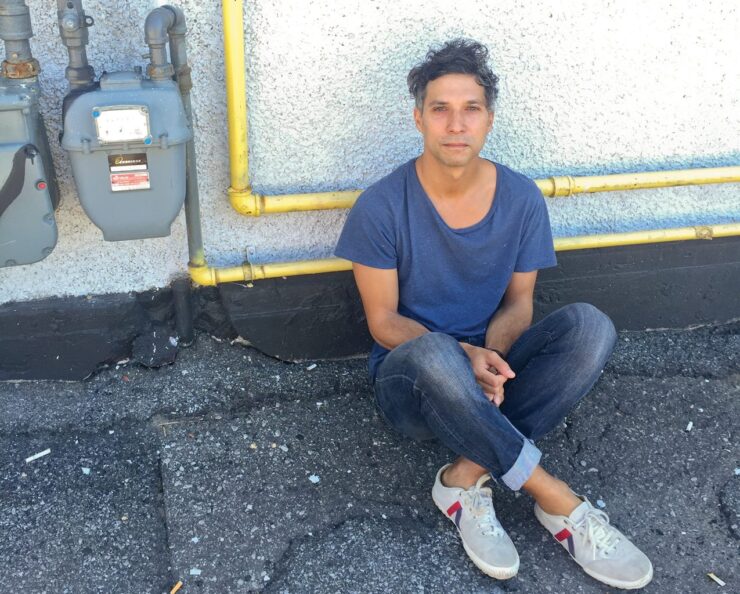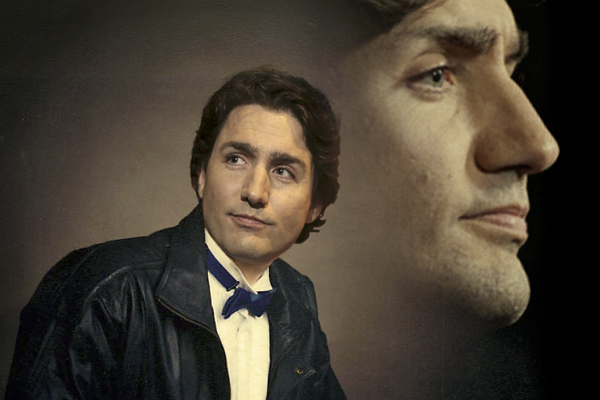Canadian monarchy question would cause constitutional chaos
Thirty-eight years after Pierre Trudeau’s infamous pirouette behind the Queen, Justin Trudeau’s government has sparked another monarchy-related controversy.
Less than a week after being sworn in, newly appointed Foreign Affairs Minister Stéphane Dion removed the Queen’s portrait from the foyer of the Foreign Affairs building, to be replaced with a pair of landscapes by Québec painter Alfred Pellan. While the Liberals defended the move as a restoration of the building’s original artwork, Monarchist League of Canada chairman Robert Finch accused Trudeau of attempting to “excise” pictures of the Queen.
For what it’s worth, the removal seems like a misstep. As Finch told the Huffington Post Canada, it’s “natural to have a portrait of the head of state in a prominent place,” such as the Foreign Affairs building. The portrait also possessed significant historical value, having been installed in 2011 to mark the first visit of the Duke and Duchess of Cambridge.
But this controversy runs deeper than the government’s choice of decor.
A May 2015 Forum Research poll that surveyed almost 1,300 Canadians found that nearly “4 in 10 favour abolishing monarchy in Canada upon the death of the Queen.”
However, doing away with the Canadian monarchy would be a grievous error.
Firstly, the monarchy can’t be abandoned without opening a constitutional can of worms.
In response to the Forum poll, U of O public and international affairs assistant professor Phillipe Lagassé told the CBC that abolishing the monarchy would not only necessitate re-opening the constitution, but also extensive consultations with provinces and First Nations who “would want to renegotiate their roles in the confederation.”
Considering the current domestic and international issues facing Canada, is this really the best time to mess with Canadian identity and re-start the constitutional amendment process?
Canada’s symbols and traditions foster unity and shape our national identity. Monarchs such as Queen Elizabeth, who has visited Canada 22 times, provide Canadians with non-partisan figures to rally behind during times of triumph and times of strife, not to mention her on-point head gear.
Secondly, the Crown plays an essential role in maintaining stability. As Lagassé explains on his website, the institution of the Crown remains stable throughout democratic turnover, “allowing the executive to enforce the law, attend to Canadians, and operate the machinery of government.”
Pragmatism aside, Canada’s connection to Britain is a legacy worth celebrating.
The traditions that have kept our democracy functional and stable, including our Westminster parliamentary and common-law judicial systems, all came from Britain. It was Queen Victoria who chose Ottawa as the capital of the province of Canada in 1857. It was a British Privy Council ruling that recognized women as persons. Our Charter of Rights and Freedoms would likely never have been written had it not been for the English Magna Carta.
Canada’s version of constitutional monarchy retains a link to our history without sacrificing our national sovereignty. In the face of increasing apathy towards the monarchy, I say God save our gracious Queen.






